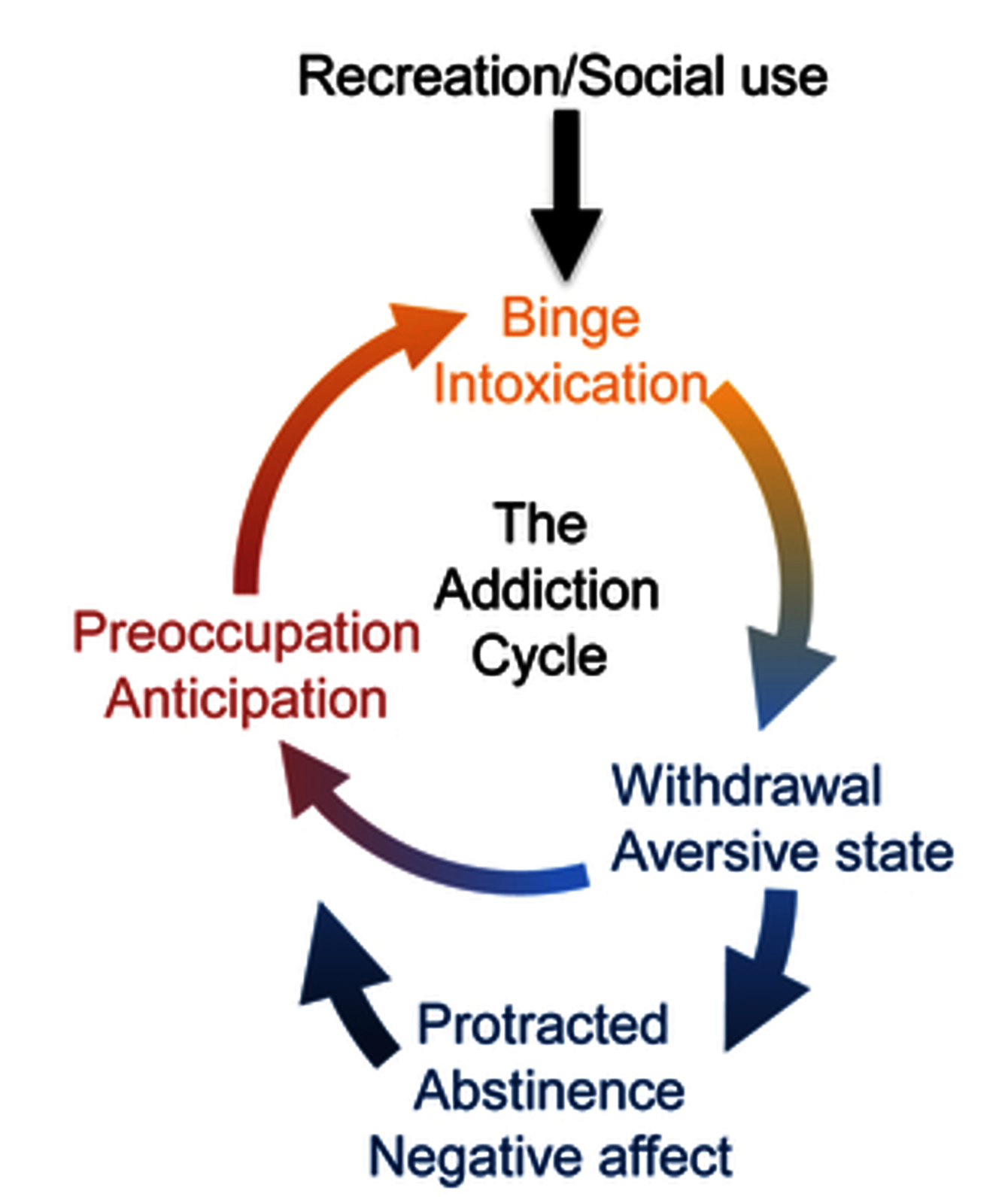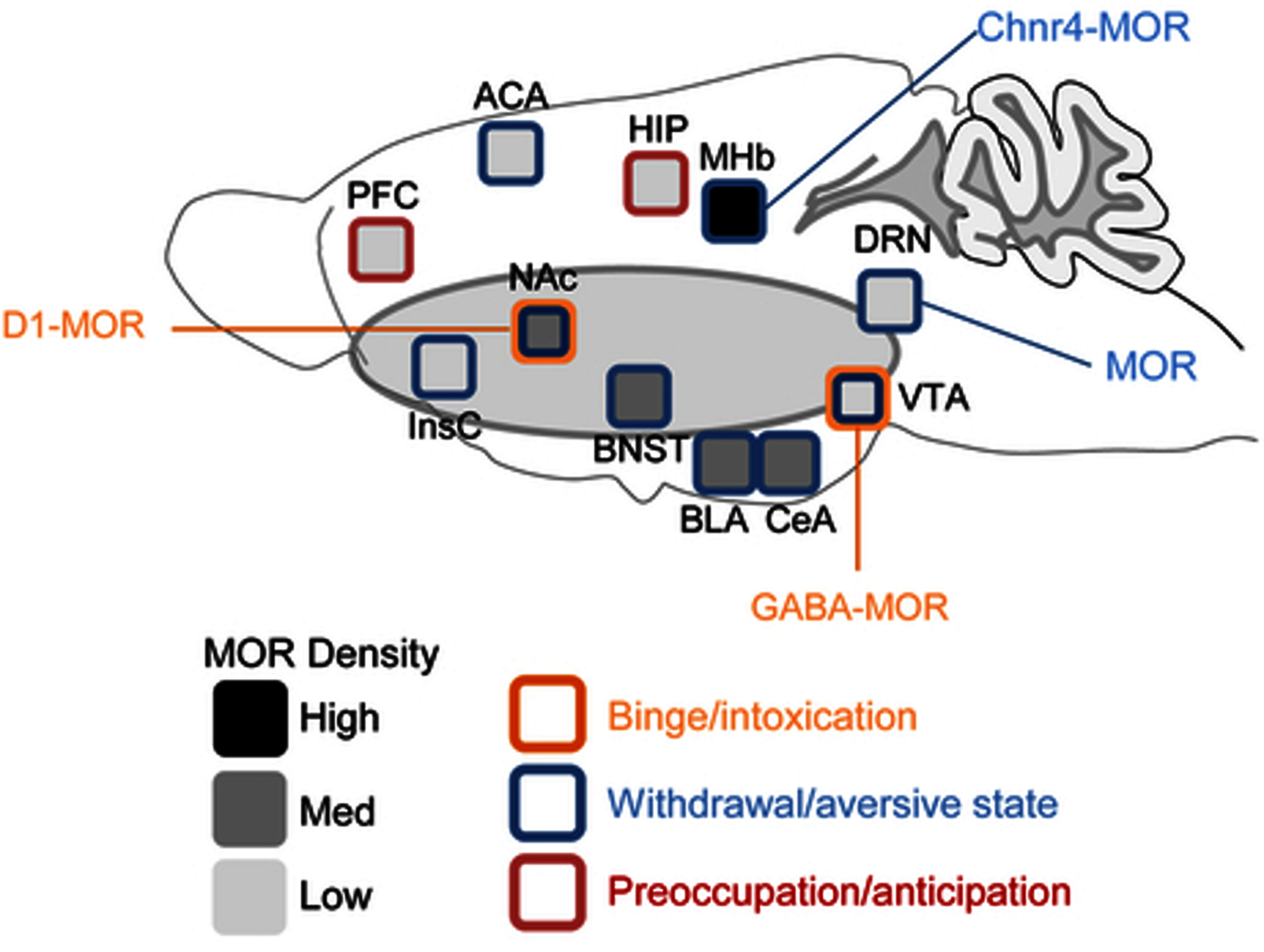Definition
An addiction is a cerebral pathology defined by dependence on a substance (heroin, opioids (painkillers, etc.), cocaine, alcohol, cannabis, etc.) or activity (video games, gambling, etc.), with harmful consequences for the health of the person affected. It can be fostered by individual, societal and environmental vulnerability factors.
Impact of opioid, cocaine, amphetamine and cannabis use and addiction: https://ourworldindata.org/illicit-drug-use
sont des pathologies cérébrales définies par une dépendance à une substance ou une activité, avec des conséquences délétères.
Les addictions sont des pathologies cérébrales définies par une dépendance à une substance ou une activité, avec des conséquences délétères.Les addictions sont des pathologies cérébrales définies par une dépendance à une substance ou une activité, avec des conséquences délétères.Les addictions sont des pathologies cérébrales définies par une dépendance à une substance ou une activité, avec des conséquences délétères.Les addictions sont des pathologies cérébrales définies par une dépendance à une substance ou une activité, avec des conséquences délétères.Les addictions sont des pathologies cérébrales définies par une dépendance à une substance ou une activité, avec des conséquences délétères.Les addictions sont des pathologies cérébrales définies par une dépendance à une substance ou une activité, avec des conséquences délétères.Les addictions sont des pathologies cérébrales définies par une dépendance à une substance ou une activité, avec des conséquences délétères.
Les addictions sont des pathologies cérébrales définies par une dépendance à une substance ou une activité, avec des conséquences délétères.
Les addictions sont des pathologies cérébrales définies par une dépendance à une substance ou une activité, avec des conséquences délétères.


